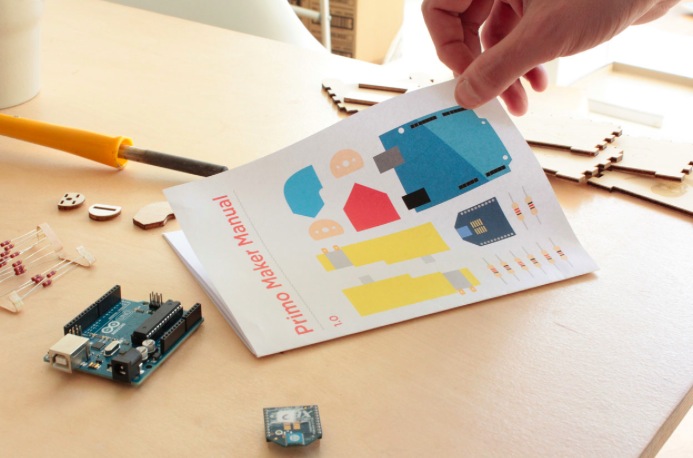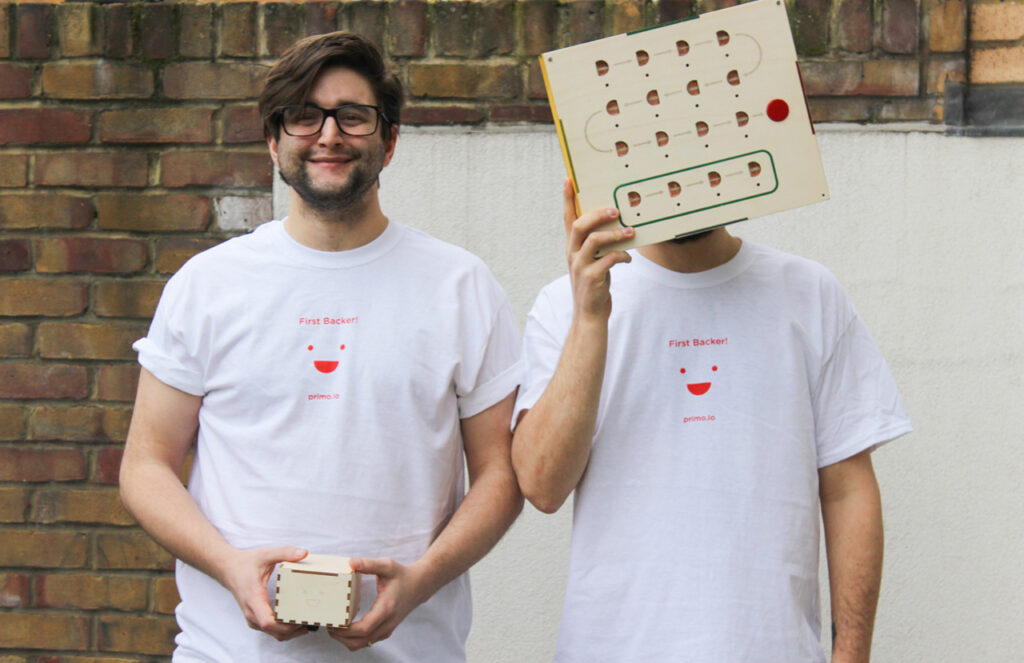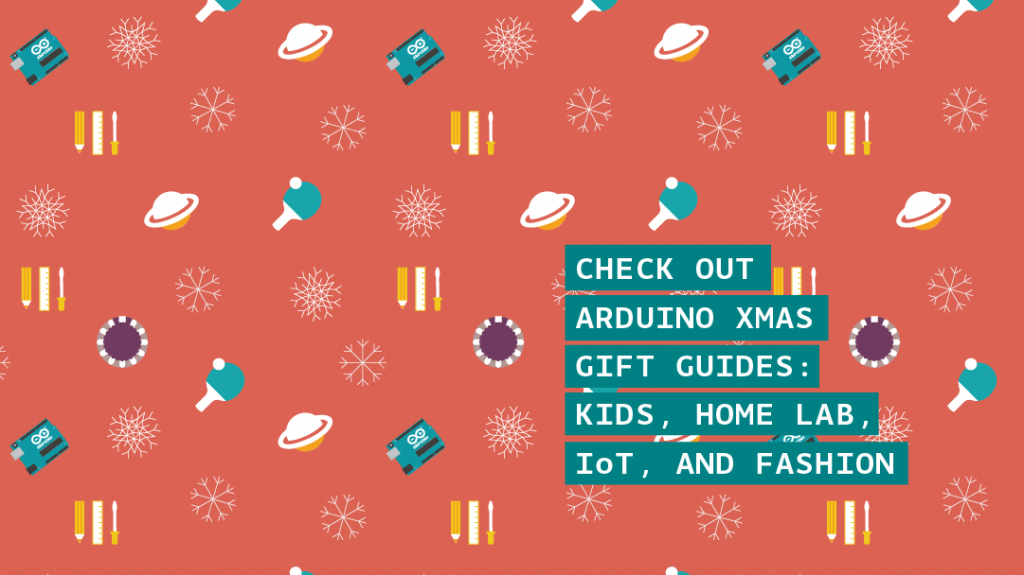
Regardless of your budget, time and flair, there’s a perfect pick to put under your friends’ and relatives’ tree this year. We created a series of Gift Guides to help you be more relaxed and efficient in finding the best solution for all. You can check below and find out also some good news regarding free shipping (check at the end of the blogpost!)
Kids
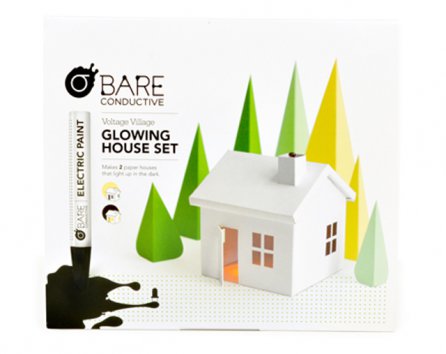
Winter holidays and Christmas is the time most of the people focus on kids and family in the most broader sense. And never like today we have the chance to make a present and open up new worlds to the little ones.
Yes. I’m talking about the experience you have playing with littleBits Base Kit for the first time. It’s an excitement for electronics you can share with kids and teenagers also happening when playing with Bare Conductive Pen, Voltage Village Glowing House or the TV-B-Gone Kit designed to shut off any TV. They are like an entire universe hiding into a game box!
Explore the gift guide dedicated to kids
IoT & Connectivity

IoT and connected devices has absolutely exploded in the past year, so if you’ve got coders and startuppers on your gift list, these ideas could save your time. In this gift guide you’ll find a selected list for different tastes and for sure there’s something for everyone.
From the well known Arduino Yún to the Annikken Andee for Android smartphones designed to make mobile integration simple, you can learn how to build Wireless Sensor Networks and test the power of Bluetooth 4.0 Low Energy with Blend Micro.
Explore the gift guide dedicated to IoT
Home Lab
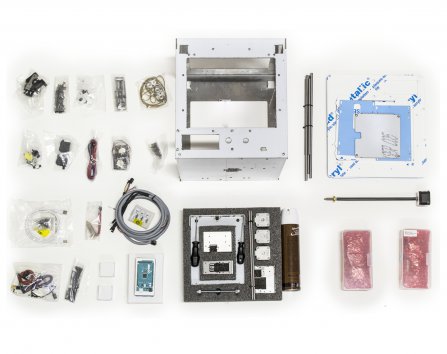
Some people say that in the future our homes will be fully automated, with refrigerators ordering your milk when it’s over, and other gizmos enabling the materialisation of a truly smart home. Is this what we want? Probably we’re not sure yet but there are a few tools that you can buy for your house that will get you and your friends to feel like what it means to have a home lab.
Starting from a Materia 101 kit to 3d print cool decorations for Christmas and you can take your holiday time to build it with the help of some friends. Or use some quite days to dive in the world of electronics exploring Make Electronics book by Charles Platt or tinkering with some components you’ve never had time to explore like the Arduino Wireless SD Proto Shield or the Tinkerkit DMX Receiver .
Explore the gift guide dedicated to Home Lab
Fashion Tech
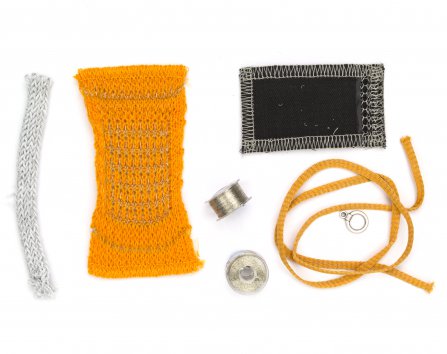
Fashion and tech are closer than ever these days. Textile sensors make every interactive project comfortable to wear and easy to prototype. Soft potentiometers, Textile push buttons, Stretch sensors connected to an Arduino Lilypad are the best components to explore this promising field. You can begin with the Open Softwear book 2nd edition plus the Easy Wearable Kit and then move forward with yellow EL-Wires to brighten your winter. If you want to explore new approaches not related with electronics, then try the DIY alternative to print fabrics using light with Lumi KIT Red or Blu.
Explore the gift guide dedicated to Fashion
Arduino Store is now offering FREE SHIPPING to Europe via GLS for all orders over €100, below 3 Kg overall weight. GLS delivery will take 4-5 working days to reach you. In December, this may take longer due to end-of-the-year seasonality. Should you need delivery by Dec. 24th, we strongly advice you to place the order before Dec. 15th. Learn more about shipping
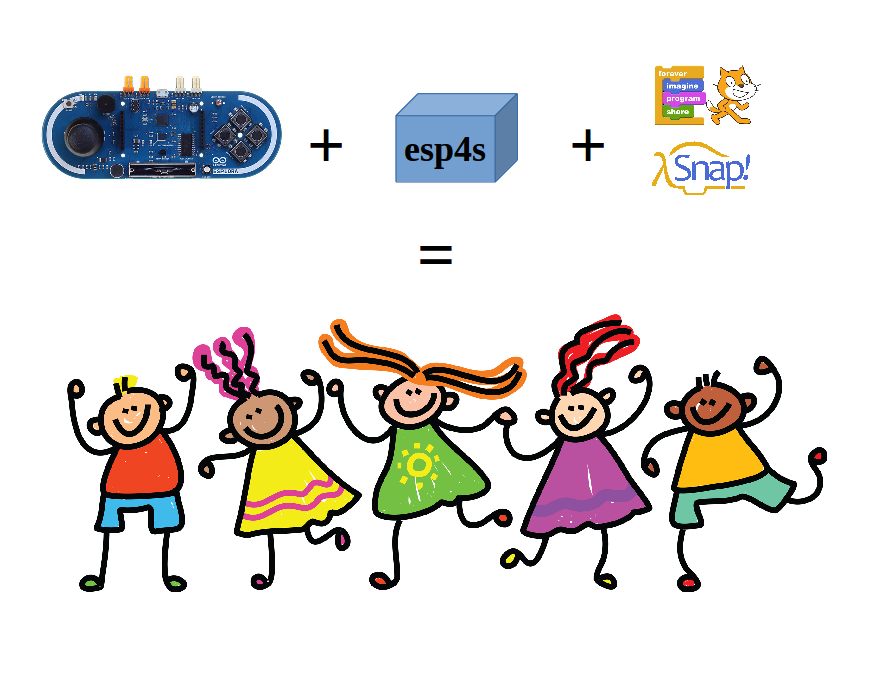
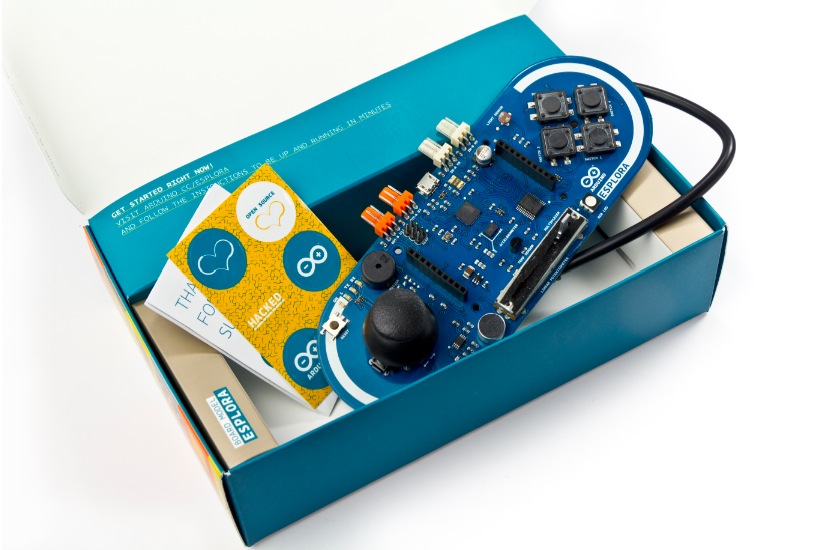

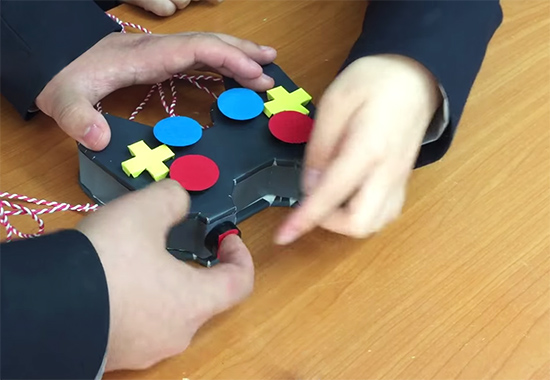

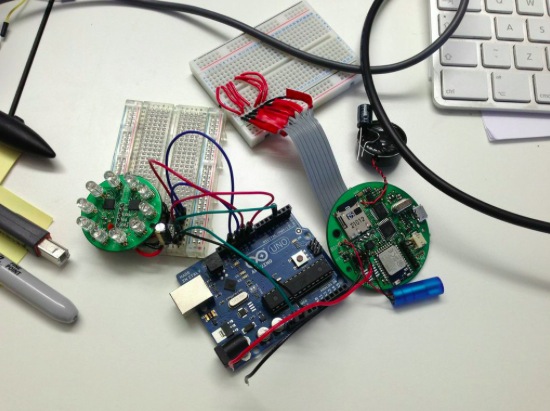






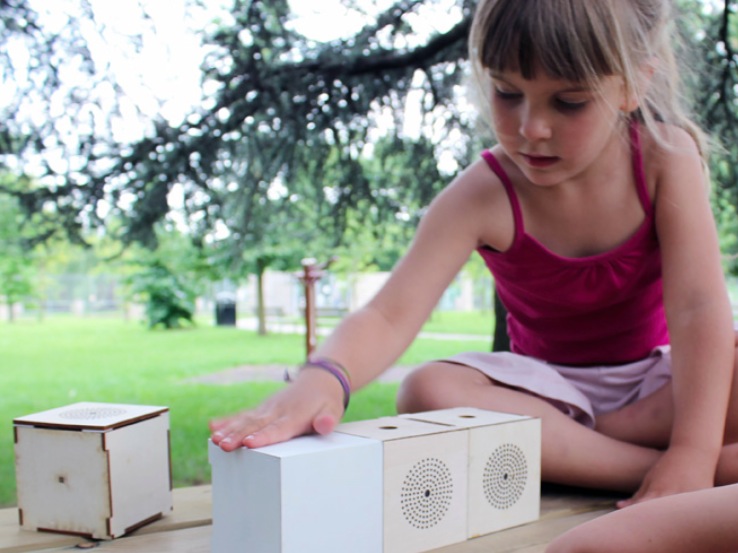
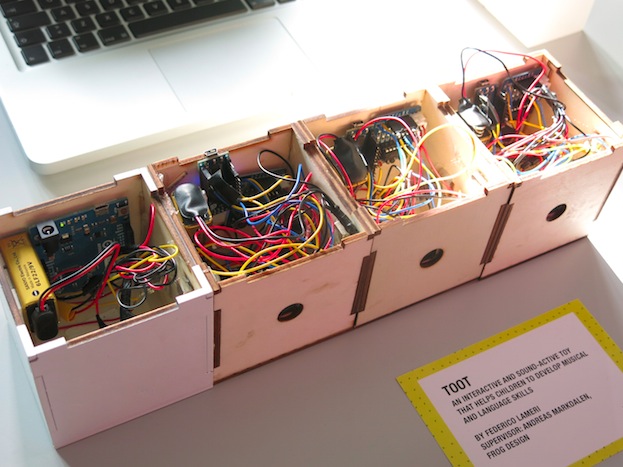
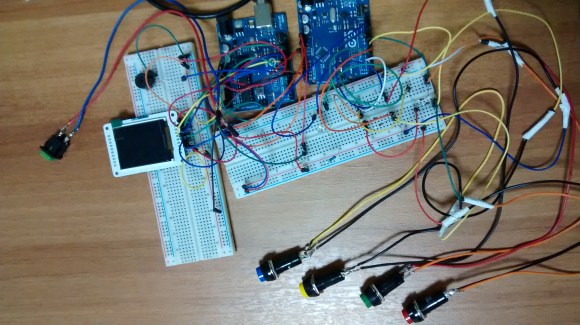 Summer is upon us. The
Summer is upon us. The 
